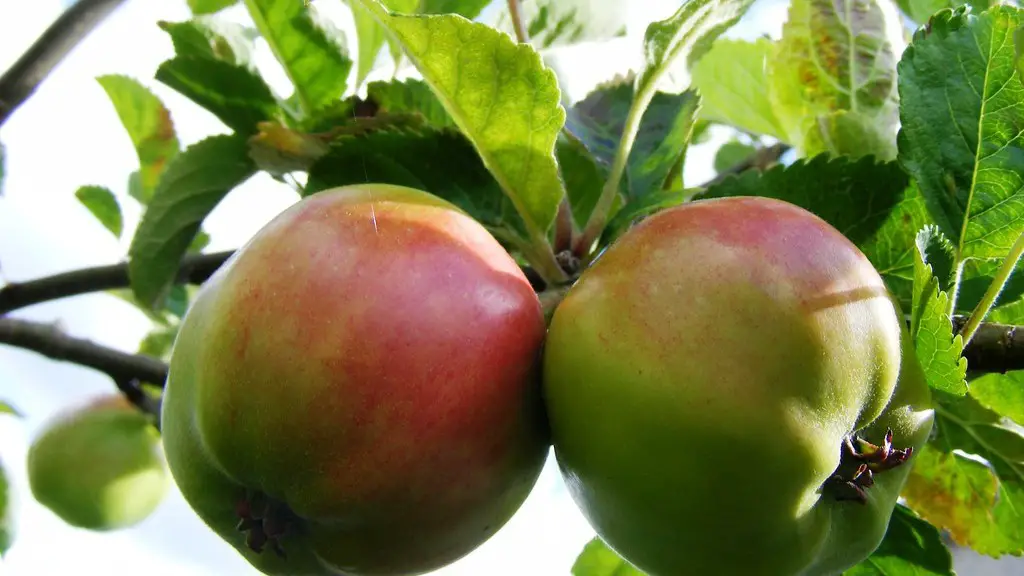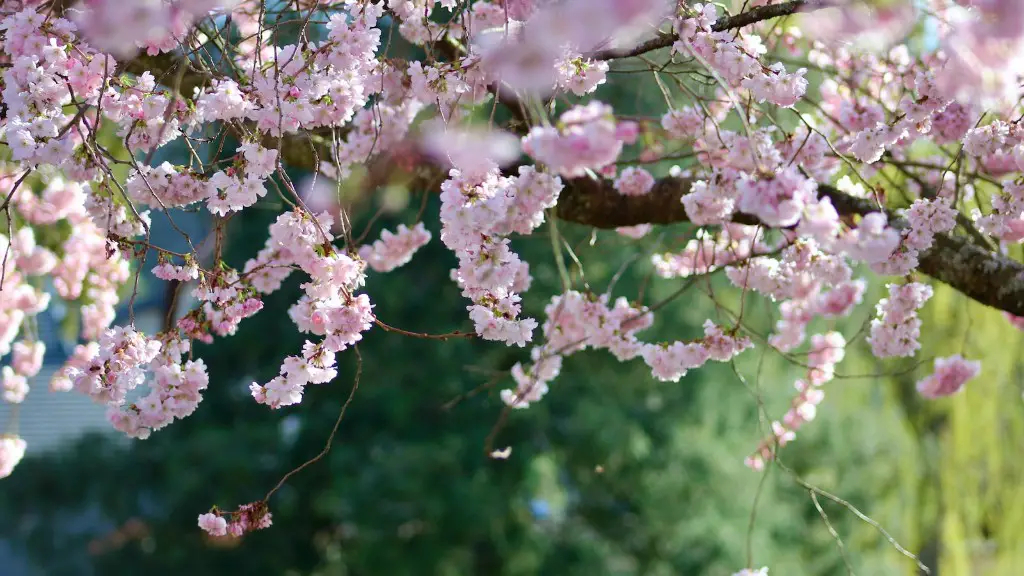Palm Tree Health & Care
When it comes to palm trees, their health is integral to the growth and beauty of outdoor spaces. For those with ailing palm trees, it can be difficult to diagnose and treat the problem, especially when the tree seems beyond hope. Determining what steps to take in order to ensure the health and longevity of a palm tree will depend on a variety of factors.
Many factors can contribute to a declining palm tree—disease and pests, improper planting and care, and more. When faced with a sick palm tree, it can be difficult to know if it can be restored to health. With the right care and maintenance, however, it is possible to reverse many of the things that are adversely affecting a palm tree’s health.
The first step in determining the fate of a dying palm tree is to accurately identify the cause of the problem. When a home or business owner spots signs of ill health in their palm tree, it is important to contact a tree specialist who can aid in diagnosis and provide expert advice on what steps should be taken. In some cases, a palm tree may suffer from a lack of nutrients, in which case the specialist may recommend a fertilizer specifically designed for palms.
In some cases, a sick palm tree can be restored to health with proper pruning. Pruning away dead leaves and damaged branches, and cutting the tree back to healthy tissue can help to reduce the spread of disease or pest infestations and promote new growth. It is important to note, however, that pruning should be done with care, as it can cause even more stress if done incorrectly.
For those who aren’t sure if their palm tree can be recovered, consulting with a tree specialist can be a great way to evaluate the options. In some cases, a sick tree cannot be saved and must be removed. In other cases, the tree’s health can be restored with the right attention and care. With proper diagnosis, pruning, and fertilization, many ailing palm trees can be nursed back to health.
Palm Tree Diseases
Disease is one of the most common causes of ailing palm trees. Different diseases can affect different types of palms and can range in severity, but some of the most common types of diseases include fungal infections and leaf spot. Fungal infections such as Ganoderma basal stem rot can cause the tree to slowly decline, weakening the structure and leading to the death of the palm. Leaf spot is another common type of disease that affects palm trees, primarily causing discoloration and defoliation.
Fungal infections are oftentimes difficult to diagnose, as the signs can be subtle and take some time to manifest. In some cases, the signs can be confused with improper care or a nutrient deficiency. When it comes to disease, the best course of action is to work with a certified tree specialist to ensure accurate diagnosis and treatment.
Treating a fungal or bacterial infection in a palm tree will depend on the type of disease, its severity, and the tree itself. In some cases, a fungicide may be recommended; in other cases, certain treatments may need to be avoided. If the infestation is severe and quick removal is the best course of action, a specialist may recommend a tree trimming to remove diseased portions of the tree.
In any case, the extent of the damage must be considered before attempting to treat the disease. If the infection has spread too far, the palm tree may be beyond recovery and may need to be replaced. Consulting with a certified tree specialist can help to determine the best course of action.
Pest Infestations
Another common cause of ailing palm trees is pest infestations. Various pests, such as mealybugs, scale, and aphids can cause the palm tree to suffer from discoloration, defoliation, and dieback. In order to control the infestation, it is important to identify the pest and determine the best method of treatment.
In some cases, the pest infestation can be treated with insecticides or systemic pesticides. However, if the infestation is severe, it may be best to remove the palm tree entirely and replace it with a pest-resistant variety. The use of beneficial insects, such as ladybugs and predatory mites, can also be beneficial in controlling some types of pests.
Pest infestations can also occur if the palm tree is planted in an area with poor air circulation or if the soil is too soggy. Ensuring the palm tree is planted in an area with the proper soil and air circulation can help to prevent pest infestations. Additionally, keeping the tree and surrounding area free of debris and overgrown vegetation can also help to reduce the risk of pests.
Improper Care and Maintenance
Palm trees can also become ailing if they are not properly cared for. Proper care and maintenance is essential for the health of any tree, but palms require a little extra attention due to their unique characteristics and needs. If palms are not provided the correct amount of sunlight, water, and nutrients, they can become stressed and start to decline.
When it comes to watering, this will depend on the type of palm tree and the climate. In general, palms should be watered deeply at least once per week and allowed to dry out between waterings. Additionally, an appropriate fertilizer should be applied at least once every three to four months. Certain types of palms may require more frequent fertilizing, so it is important to research the specific needs of the tree.
Lastly, adequate pruning is important for the health of any palm tree. Pruning away dead leaves and damaged branches can help to reduce the spread of disease and pests and ensure the palm tree remains healthy and attractive. Pruning should be done with care, as incorrect removal of branches can weaken the structure and health of the tree.
Signs of Ill Health
It is important to be aware of the signs of ailing health in palm trees, as this can aid in early detection and treatment of the issue. Signs of ill health in a palm tree may include discoloration, defoliation, wilting, and changes in the number and pattern of leaves. Additionally, discolored or frail stems, visible pests or fungal infections, and visible damage or weakness are all signs that a palm tree may be in need of help.
In any case, it is important to stay alert for signs of ill health in palm trees. Paying close attention to any changes in the health of the tree can help to ensure the tree remains healthy and attractive for years to come. With the right attention and care, many ailing palm trees can be restored to health.
Nutrient Deficiencies
Deficiencies in necessary nutrients can lead to the decline of the palm tree’s health. While the exact needs of a palm tree vary depending on the type of tree and the climate it is growing in, there are a few key nutrients that all palms require. Palms require adequate amounts of nitrogen and potassium, as well as trace amounts of other essential minerals such as calcium, magnesium, and iron.
If a palm tree is not receiving sufficient amounts of any of these nutrients, it can lead to discoloration, wilting, and, ultimately, death of the tree. If a deficiency is suspected, fertilizers can be applied to replace any missing nutrients. In some cases, a soil test may be necessary to determine the cause of any deficiencies.
Conclusion
When it comes to palm tree health, many factors can contribute to a declining tree. Proper diagnosis and treatment, as well as adequate care, pruning, and fertilization, can be beneficial for ailing palms. With the right attention, many palm trees can be nursed back to health and restored to their former beauty and vibrancy.




